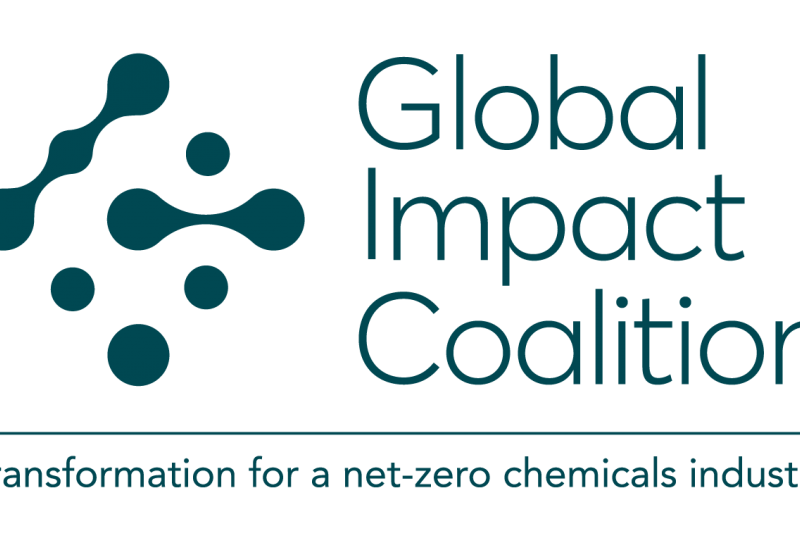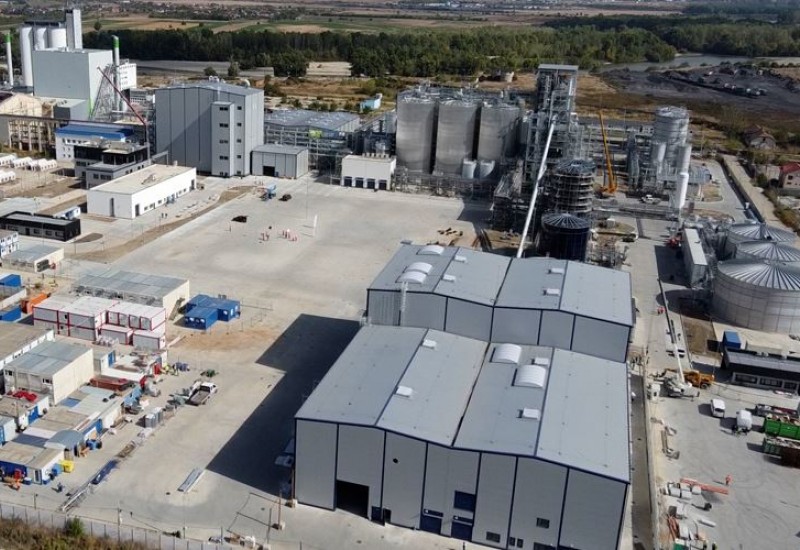CEFIC releases CSS impact report
CEFIC has released the first in a series of studies about the likely impact of the EU Chemicals Strategy for Sustainability (CSS). It subsequently joined other industry leaders in calling on European Commission and EU Member State governments “to work together to develop an EU Chemical Industry Transition Pathway to sustain the massive investments required to meet the objectives of the EU Green Deal”.
Over 100 European chemical companies submitted data, which will be used as input to the EC’s assessments of the CLP and REACH regulations. The report, written by Ricardo Energy & Environment, found that up to 12,000 substances, responsible for up to 43% of the industry’s turnover, could potentially be in the scope of the two upcoming legislative proposals: the changes to the Classification, Packaging and Labelling Regulation (CLP) and the application of a Generic Risk Approach.
After applying different weighting factors to account for uncertainty about definitions and criteria in the CSS, the consultants concluded that the most likely impacted portfolio would be as much as 28% of the industry’s estimated turnover. Even when derogations are taken into account, this would represent a net market loss of at least 12% of the industry’s portfolio by 2040.
About one third of this could potentially be substituted or reformulated, CEFIC said, but companies’ ability to do this “will largely depend on the details of the upcoming regulations, on what might be technically and economically feasible, and especially on how customers will react to the substitutes or reformulated products. Adhesives and sealants, paints, washing and cleaning products will be the most affected products.
The proposed Transition Pathway, CEFIC added, should include timelines and measures for the industry to develop substitutes and focus on those products where these substitutes could be available first. In this, it should build on proven and established approaches, such as the risk assessment under REACH.
Furthermore, the association said, “incentives will be needed to create markets for these new chemicals, combined with a doubling down on enforcement of REACH and product safety legislation for imports. The package should be complemented by a strong innovation agenda to accelerate the development of safe and sustainable-by-design alternatives. Finally, the Transition Pathway should also address the other three transitions that the chemical industry has to undergo – climate neutrality, digitalisation and circularity.”















